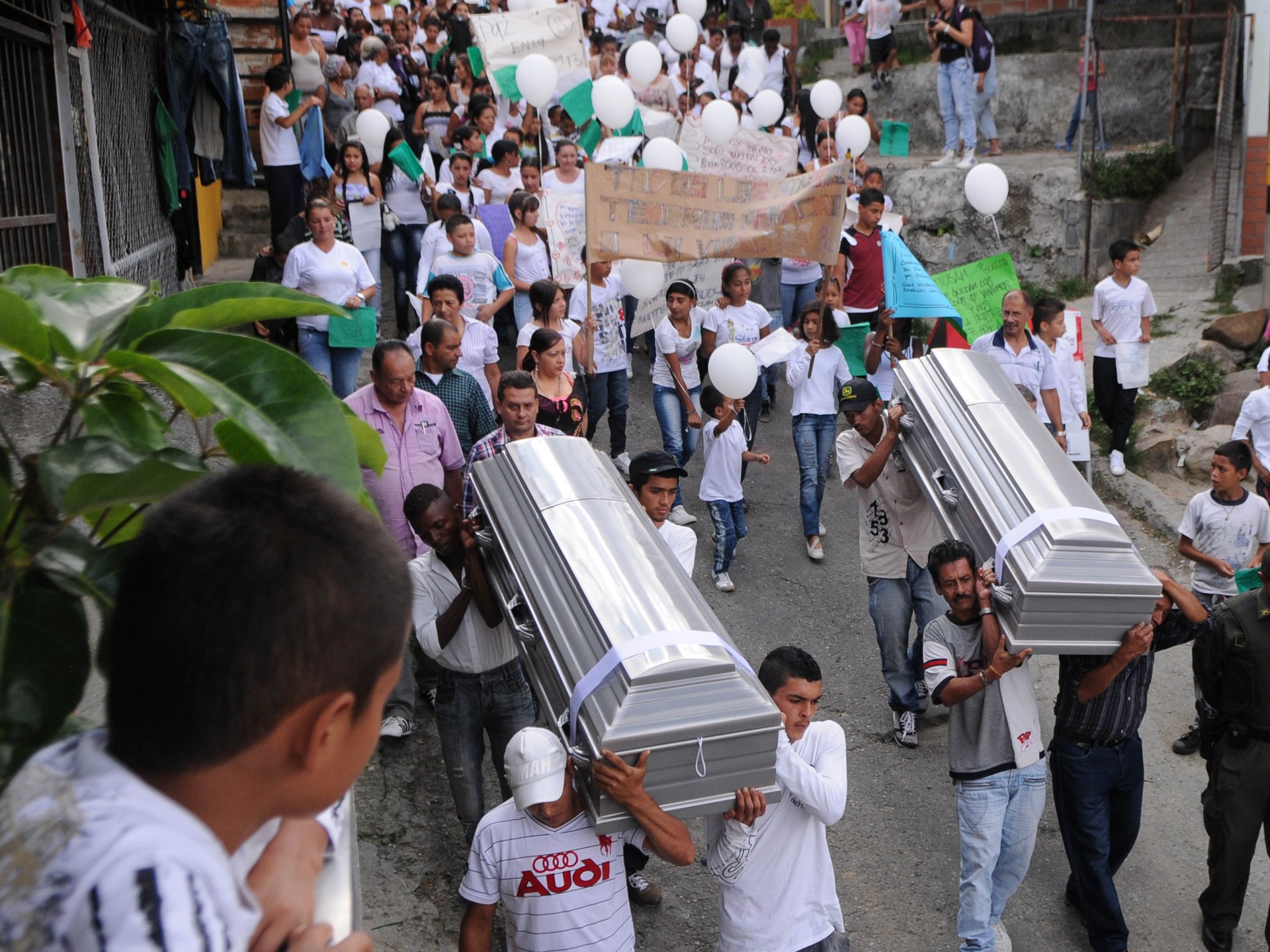Colombian gang leaders announce talks to address urban violence
In the slopes overlooking downtown Medellin, Colombia’s second-largest city, gun-toting gangs reign over vast stretches of neighbourhoods, overseeing the local drug trade, demanding extortion fees from businesses and enforcing rules about who comes and goes on their turf.
Now, such gangs, which employ up to 14,000 people, have declared that they are ready to give it all up. On June 2, after nine months of secret meetings with officials, 16 gang leaders — imprisoned at a maximum security prison outside of Medellin — announced that they would officially begin dialogues with the government to discuss their disarmament and reintegration into society.
“We want to start down a different path: one of peace, of forgiveness and of reconciliation,” said Sebastian Murillo, a spokesperson for the gangs and a jailed leader of La Oficina, a drug-trafficking group originally founded as part of Pablo Escobar’s Medellin Cartel.
Since the 1980s, Colombia has pursued talks with the politically motivated rebel and paramilitary groups that have fuelled a nearly six-decade-long conflict in the countryside. But for the first time, Colombia is now using a similar approach to dismantle urban gangs, seeking to end criminal rule in the cities.
“One way that Colombia has learned to reduce violence is through peace processes,” said German Valencia, a researcher at Antioquia University’s Institute of Political Studies. “But a peace process doesn’t have to necessarily be political.”
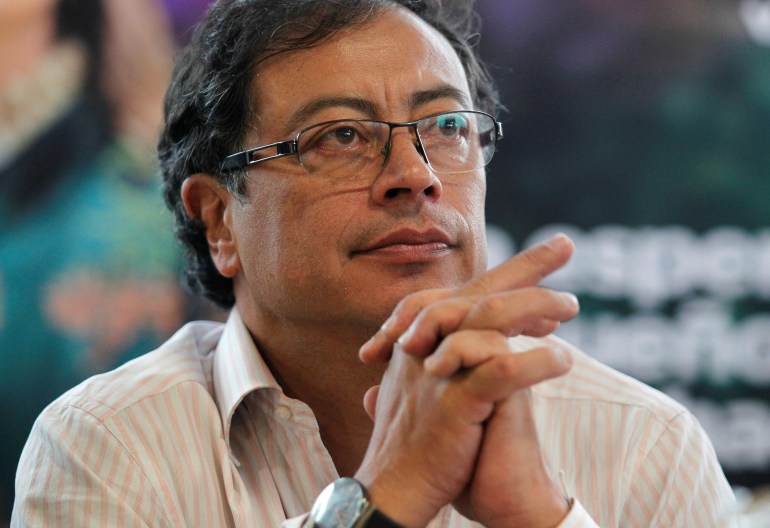
In the wake of a 2016 peace deal between the Revolutionary Armed Forces of Colombia (FARC) and the government, violence has returned to pockets of the country.
More than 50 armed groups now compete for lucrative drug routes and illegal mine networks abandoned by the FARC. President Gustavo Petro has pledged to cut down the number of groups through dialogue and negotiation, as part of his “Total Peace” strategy.
The National Liberation Army (ELN), a leftist rebel organisation, and a dozen other groups control large swaths of Colombia’s rural areas nowadays. On Friday, the ELN signed a temporary ceasefire with the government — a major milestone — while the other armed groups have likewise expressed interest in government dialogue.
But to curb the proliferation of violence, Medellin is key, experts said. Approximately 40 percent of Colombia’s armed groups have a presence in the city.
“It doesn’t make sense to think of a ‘Total Peace’ if the dynamics of urban violence in Colombia aren’t also taken into account,” said Mariana Duque, a political science researcher at the Pontifical Bolivarian University in Bogota.
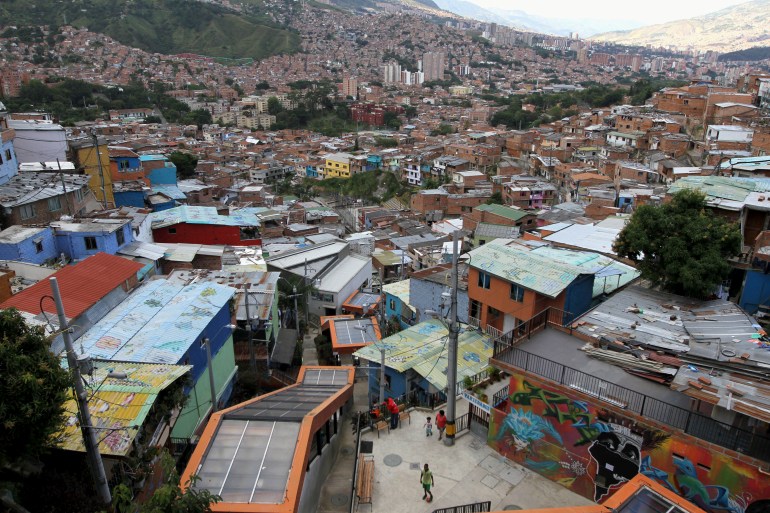
Because of the armed conflict and the mass displacement of more than eight million people in the country, a majority of Colombians — about 80 percent — now live in cities. There, conflict has remained prevalent, with gangs recruiting youth, extorting businesses and trafficking drugs.
While rates of violence have plummeted in Medellin, a city once known as the murder capital of the world, experts said that non-violent crimes like extortion have actually increased as gangs expand throughout the city.
“It’s more of a psychological violence where they control through fear and no one dares to talk about,” said a community leader, “Ciro”, who spoke on the condition of anonymity. His neighbourhood, Comuna 13, has otherwise been hailed as an example of Medellin’s positive transformation.
But studies have shown that between 350 to 400 street gangs, organised in larger mafia-like alliances, exert influence in virtually all low-income and middle-income neighbourhoods. With offers of money, security and prestige attracting youths to their ranks, Medellin gangs now boast more members than many armed groups in Colombia’s conflict-ridden countryside.
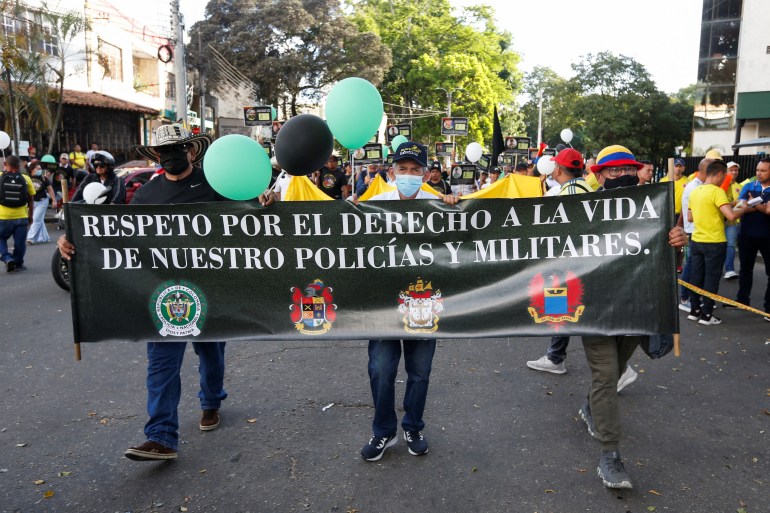
To weaken the gangs’ influence, government dialogues aim to reduce the number of people participating in their activities, said Valencia, the political studies researcher.
About 90 percent of Medellin gangs have confirmed their interest in dialogues, according to government officials, but questions remain about whether they will actually demobilise. Despite pledges to institute ceasefires and stop the sales of fentanyl and heroin, experts worry that criminal groups have little incentive to disarm.
Because the criminal organisations in Medellin are generally not motivated by political ideology — unlike rebels in the ELN and other groups — the government has decided to frame dialogues with them differently.
Congress is currently ironing out a set of non-negotiable terms that participants from the criminal organisations must accept, without presenting their own demands.
So far, under the proposed bill, gangs and cartels that demobilise, disclose information on criminal networks, and provide reparations to victims will receive reduced prison sentences. They can also keep up to 6 percent of their illegal assets, capped at approximately $2.7m.
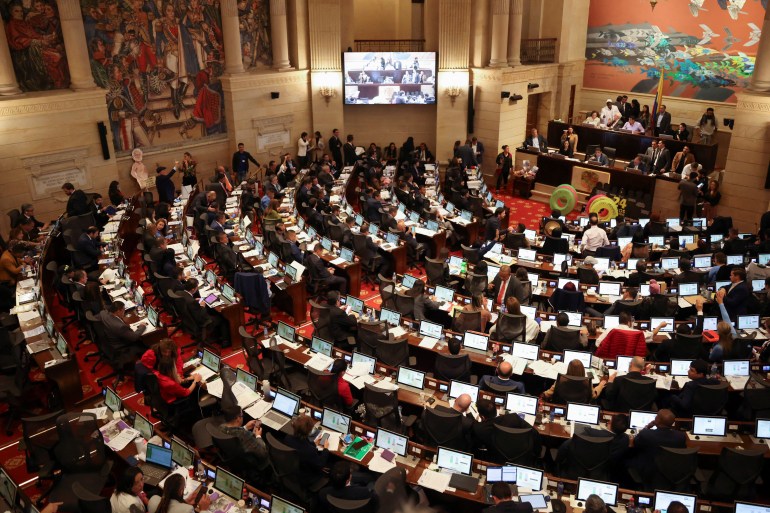
Still, experts doubt whether the proposed benefits will be attractive enough for thousands to disarm. Top gang leaders, who are in jail, may be motivated by reduced sentences. But less clear is what will draw mid- and low-ranking gang members, whose criminal activities may not be known to the authorities — and whose livelihoods hang in the balance.
“A street gang leader is making between five and 10 million pesos [about $1,200 to $2,400] a month,” said Duque, the political science researcher. “What needs to change for a person like this to move away from the illegal economies?”
Experts agree that the dialogues must also result in increased employment and access to healthcare and education in the peripheries of the city, where the state has less of a presence. These measures would help to guarantee the long-term reintegration of youth into society.
Otherwise, the talks run the risk of worsening the conflict, Valencia said.
Gangs in Medellin have formed alliances and treaties over the decades to decide who controls what turf. According to Valencia, the talks may result in one of two outcomes. Either the talks are a success, reducing violence and crime in the city — or a partial demobilisation will unravel the gangs’ treaties, causing more violence.
“We hope that the talks will become an example of how the country can attain urban peace,” he said.

